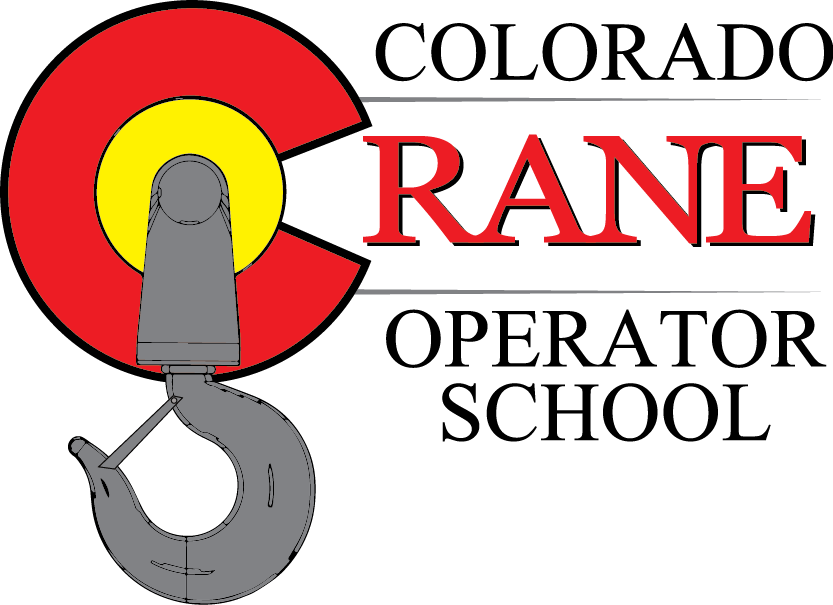- About
- Course Programs
- Course Overview
- Upcoming Courses
- Four Week Crane Operator / Rigger & Signalperson Program
- Ten-Day Mobile Crane Operator Training
- Ten-Day Tower Crane Operator Training
- Three Week Mobile Crane Operator Program
- Mobile Crane Workshop for NCCCO Certification
- Certified Rigger and Signalperson Workshop for NCCCO Certification
- Articulating Boom Crane Workshop for NCCCO Certification
- Tower Crane Workshop for NCCCO Certification
- Digger Derrick Workshop for NCCCO Certification
- Service Truck Operator Workshop for NCCCO Certification
- Rigging and Signalperson Training
- Advanced Rigging
- Lift Director Training and Workshop
- Crane and Rigging for Management
- Overhead Crane Operator Workshop
- Mini Crawler Crane Operator Workshop
- Calendar
- Crane Inspection
- Consulting
- Resources
- Contact Us



